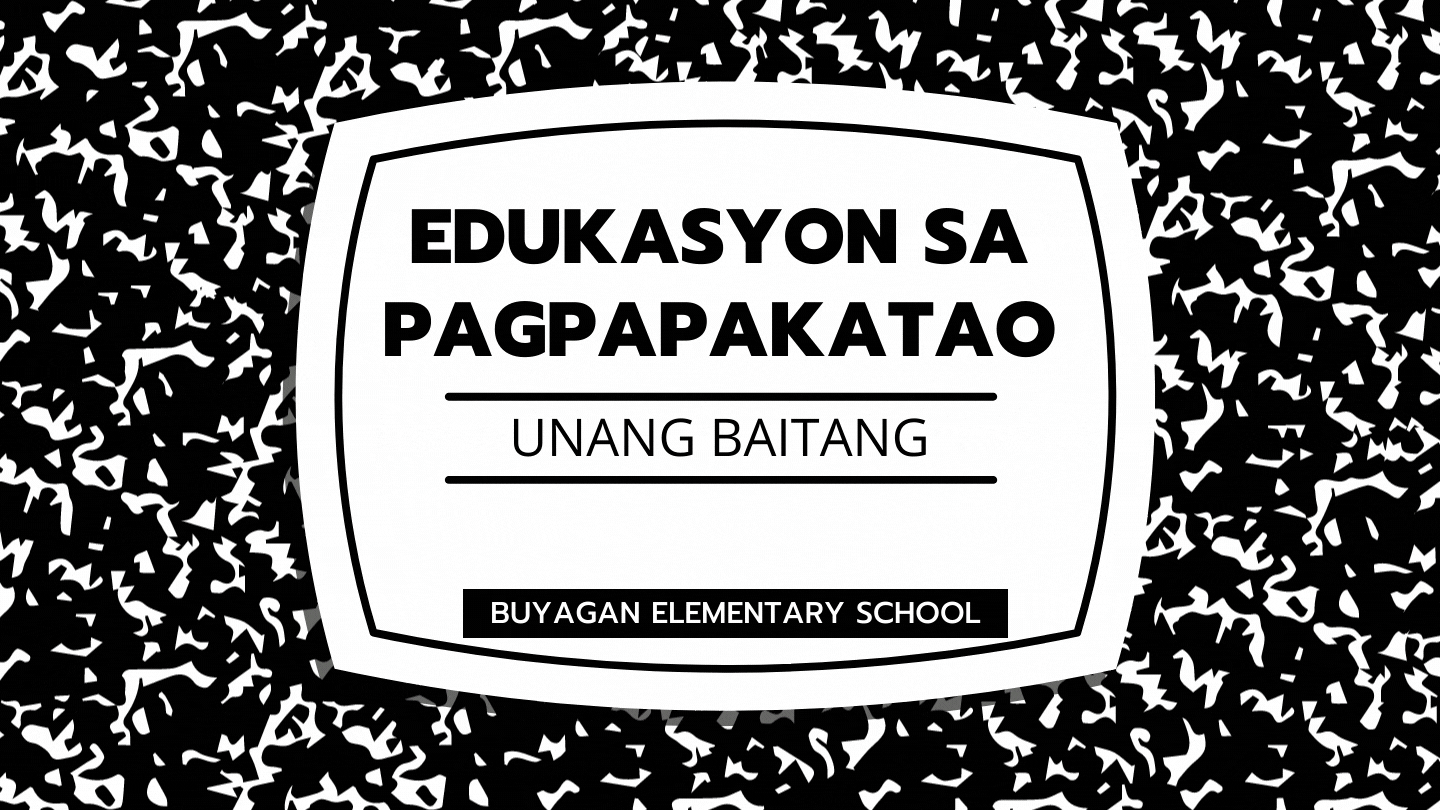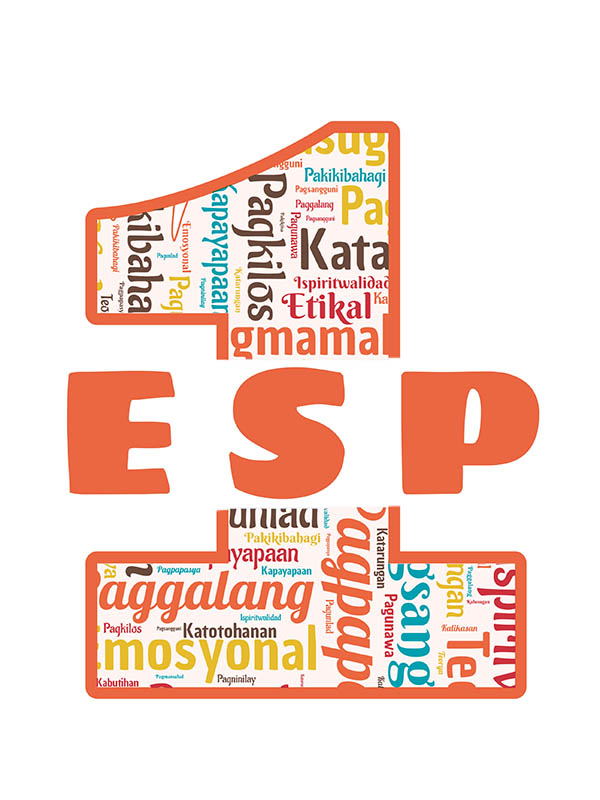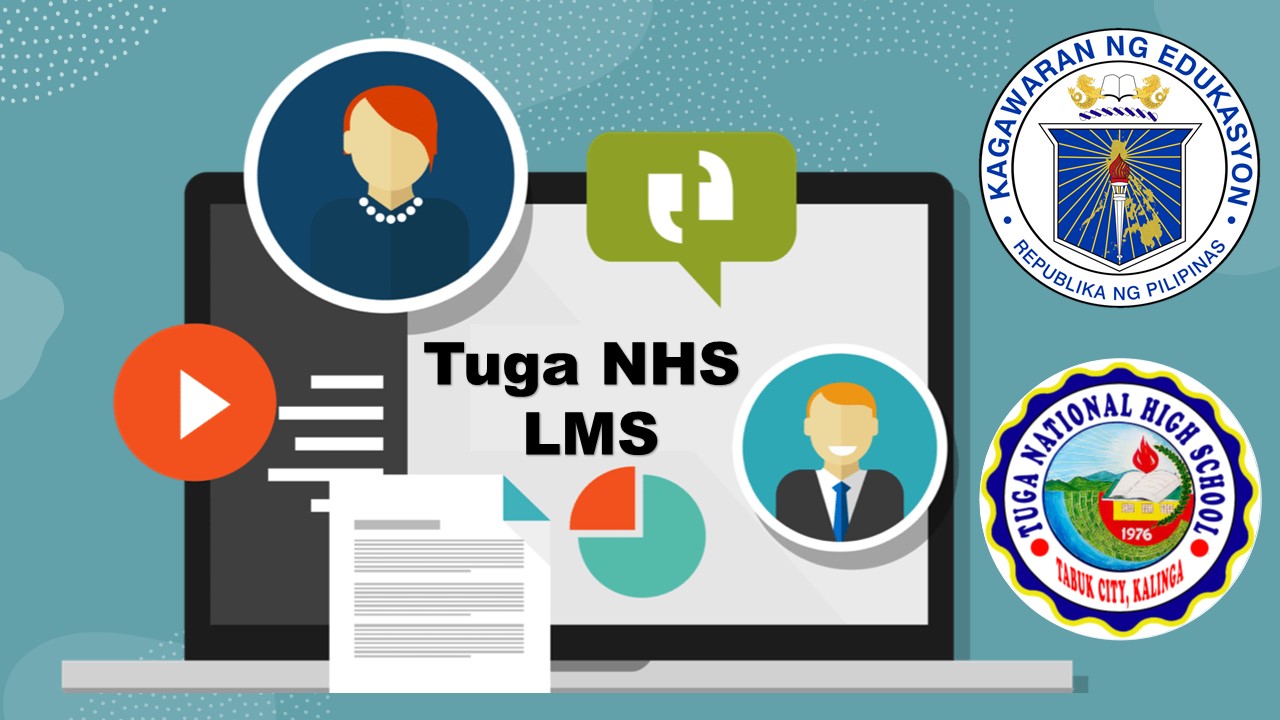Search results: 1295

English-Grade I-135705-Aileen D. Adones
The learner listens for comprehension, speaks clearly and uses appropriate expressions in talking about oneself, family, and other social content interactions.

EPP - Grade 4 - 135383 - Nathalie Mae P. Fianza
TLE as a course has two streams—the TR-based TLE and the Entrepreneur-based TLE—and every school has a choice as to which stream to offer, with consideration
for faculty, facilities, and resources
This means that the TLE that works is one which is built on adequate mastery of knowledge and information, skills and processes, and the acquisition of right work values and life skills. The TLE that is functional is one which equips students with skills for lifelong learning. TLE that is concerned only with mere definition of terms is meaningless and shallow. TLE that is focused on mastery of skills and processes without right work values is anemic and dangerous. An effective TLE is one that is founded on the cognitive, behavioral, or psychomotor and affective dimensions of human development. Therefore teaching TLE means teaching facts, concepts, skills, and values in their entirety. The diagram likewise shows that entrepreneurial concepts also form part of the foundation of quality TLE.
TLE by its nature is dominantly a skill subject; hence the teacher must engage students in an experiential, contextualized, and authentic teaching-learning process. It is a subject in which students learn best by doing. It is integrative in approach. For instance, it integrates entrepreneurship with all the areas of TLE. It integrates concepts, skills, and values.
EPP GRADE 5 135524 ICS
1.1 naipaliliwanag ang mga panuntunan sa pagsali sa discussion forum at chat

EPP-Q4-GRADE V-BENIEVE LAQUIAO
Malugod na pagtanggap sa asignaturang Edukasyong Pantahanan at Pangkabuhayan 5-Industrial Arts ng Alternative Delivery Mode (ADM) Modyul para sa araling Mga Kagamitan at Kasangkapang Pang-industriya! Ang modyul na ito ay pinagtulungang dinisenyo, nilinang at sinuri ng mga edukador mula sa pambuliko at pampribadong institusyon upang gabayan ka, ang gurong tagapagdaloy upang matulungang makamit ng mag-aaral ang pamantayang itinakda ng Kurikulum ng K to12 habang kanilang pinanagumpayan ang pansarili, panlipunan at pang-ekonomikong hamon sa pag-aaral.

EPP4_ Quarter 1_135623
|
Ang mag-aaral ay…
naipamamalas ang pang-unawa sa konsepto ng “entrepreneurship” |
|
naipamamalas ang kaalaman at kakayahan sa paggamit ng computer, Internet, at email sa ligtas at responsableng pamamaraan |

ESP 1_QUARTER 1_135623
Naipapamalas ang pag-unawa sa kahalagahan ng pagkilala sa sarili at sariling kakayahan,pangangalaga sa sariling kalusugan at pagiging mabuting kasapi ng pamilya.

ESP Grade 1-135630 Vanessa Abellera
Naipamamalas ng mag-aaral ang pag-unawa sa mga konsepto sa pananagutang pansarili, pamilya, kapwa, bansa/daigdig at Diyos; nakapagpapasiya at
nakakikilos nang mapanagutan tungo sa kabutihang panlahat upang mamuhay nang maayos at maligaya.

EsP- Grade 2- 135383- Rizalyn L. Tello
Ang course na ito ay sadyang inihanda ko para sa iyo. Binubuo ito ng mga kuwento at pagsasanay na makatutulong para mas matutunan pa natin ang mga magangandang pag-uugali. Ito rin ay magsisilbing gabay para patuloy kang lumaking isang batang may magandang asal at saloobin sa loob at labas ng paaralan.
Sa araling ito ay higit mong maiintidihan ang pagpapakita ng pagmamalasakit sa mga kasapi ng paaralan at pamayanan. Ang isang batang tulad mo ay may kakayahang makatulong at magpakita ng pagmamahal sa ibang tao.
Gamitin mo ang course na ito. Gawin mo itong patnubay sa pagpapaunlad ng iyong sarili. Dalangin ko ang iyong tagumpay!

ESP3_QUARTER1_135623
Naipamamalas ang pagunawa
sa kahalagahan
ng sariling kakayahan,
pagkakaroon ng tiwala,
pangangalaga at pagiingat
sa sarili tungo sa
kabutihan at kaayusan
ng pamilya at
pamayanan

Filipino 10
School Year: 2021-2022
Grade: 10
Sections: Berkilium, Beryl, Brimstone

Filipino 10
Teacher: Cleofe R. Dumaguing
School Year: 2021-2022
Grade: 10
Sections: Berkelium, Beryl, Brimstone

Filipino 4_Quarter 1_135623
Pagkatapos ng Ikaapat na Baitang, naipamamalas na ng mga mag-aaral ang kakayahan sa pagbasa, pagsulat at pakikipagtalastasan nang wasto upang maipahayag ang kaalaman, ideya at damdaming angkop sa kaniyang edad at sa kulturang kinabibilangan at nakikilahok sa pagpapaunlad ng pamayanan.

Filipino 7-pretest

Filipino 9
Teacher: Cleofe R. Dumaguing
School Year: 2021-2022
Grade: 9
Sections: Silver, Silicon, Selenium
Filipino Grade 6 135524 ICS
Nakagagamit ng pangngalan sa pagsasalaysay tungkol sa mga tao, lugar at bagay sa paligid (F3WG-Ia-d-2)

FILIPINO III_Quarter 1_135623
Inaasahang nasasabi na ng mga mag-aaral ang pangunahing diwa ng tekstong binasa o napakinngan at nakapagbibigay ng kaugnay o katumbas na teksto, nagagamit ang mga kaalaman sa wika, nakababasa nang may wastong palipon ng mga salita at maayos na nakasulat gamit ang iba’t ibang bahagi ng pananalita upang maipahayag at maiugnay ang sariling ideya, damdamin at karanasan sa mga narinig at nabasang mga teksto ayon sa kanilang antas o lebel at kaugnay ng kanilang kultura.